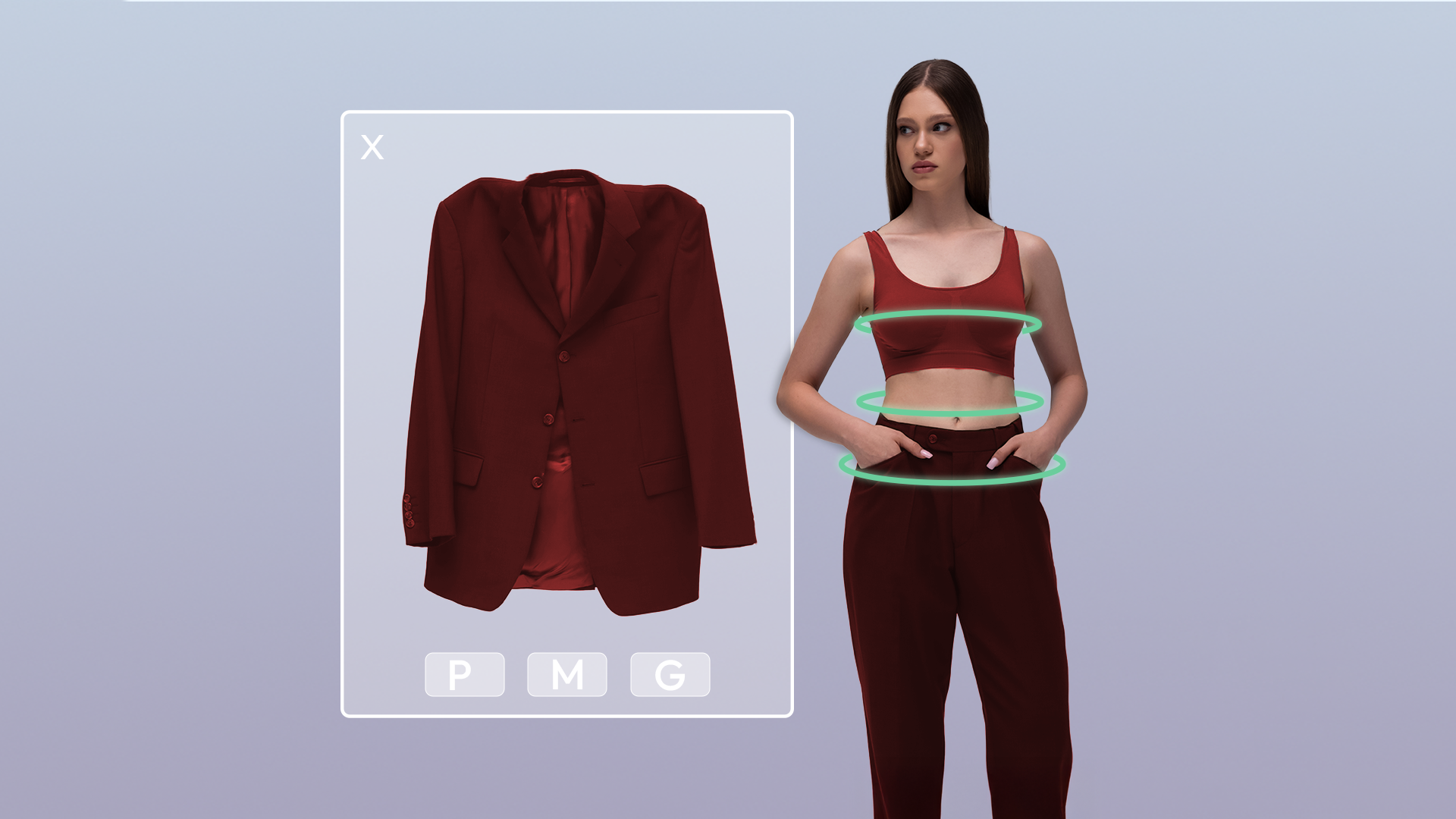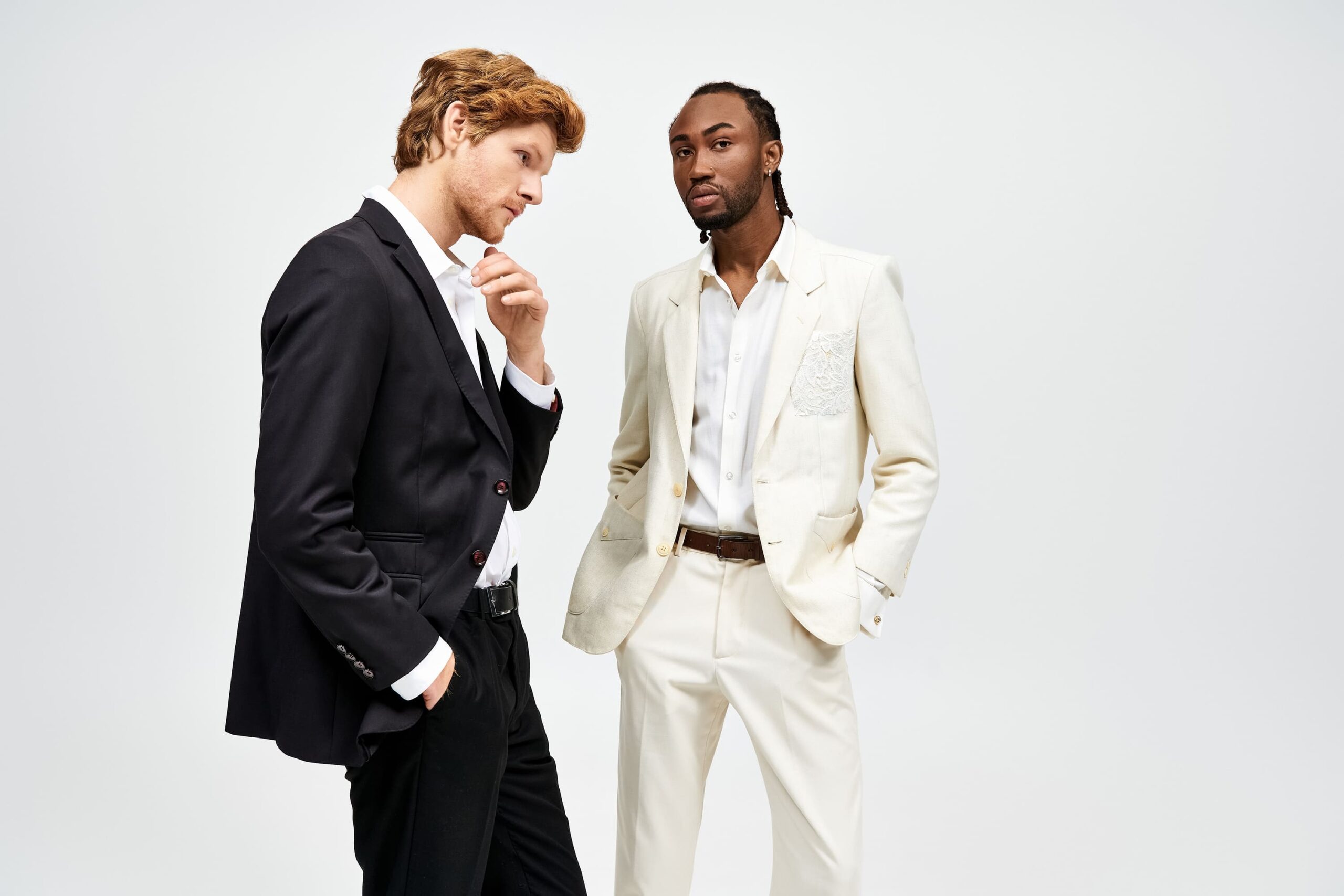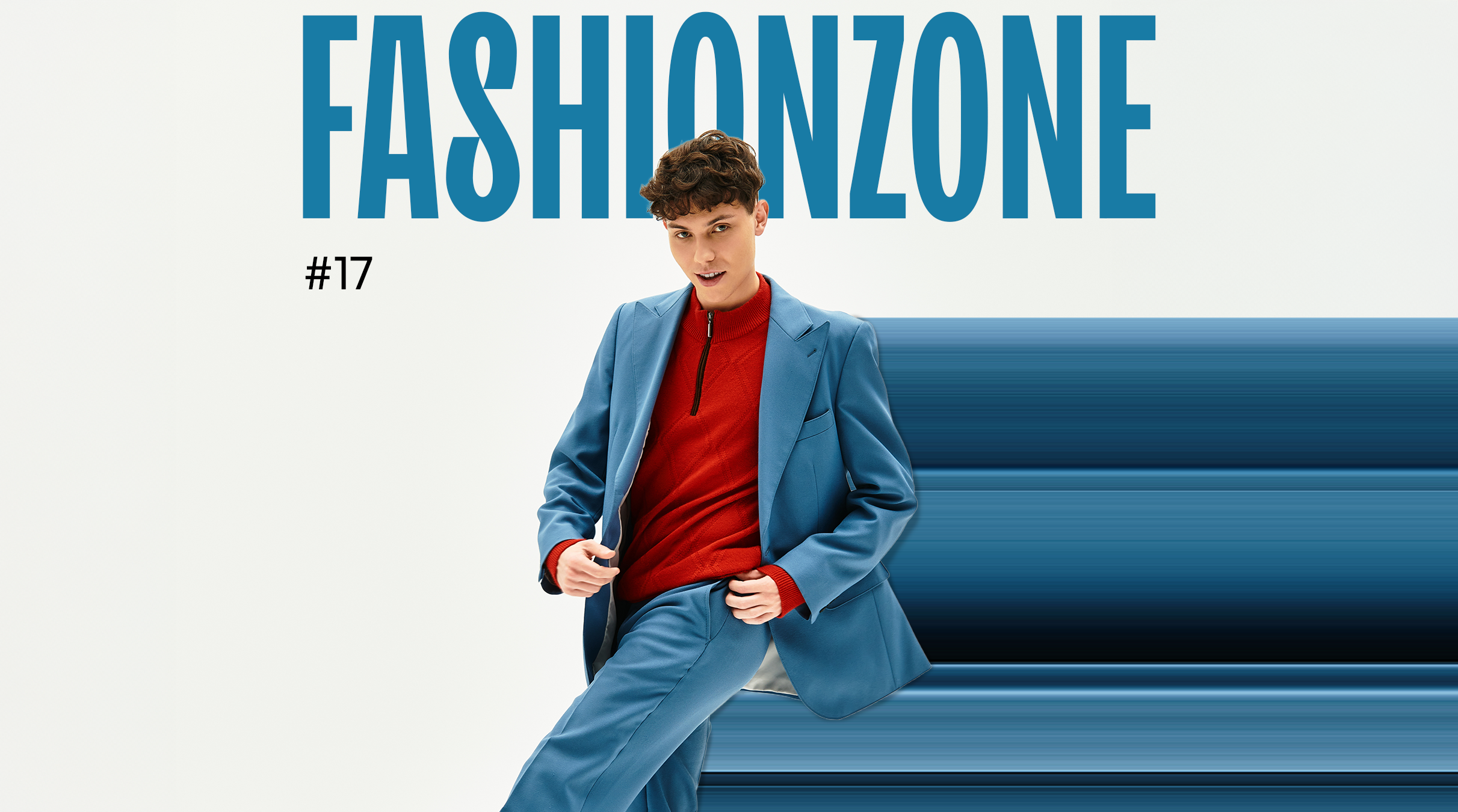Straight to the point
In 2019, the Dutch digital fashion house, The Fabricant, sold the world’s first digital-only dress for $9500.
The dress is an example of virtual clothing, i.e., clothing that only exists in the digital world, and while it may sound like something straight out of a sci-fi movie, it’s very real and happening right now.
From virtual fitting room try-ons to digital garments worn by avatars in the metaverse and video games, virtual clothing is reshaping how consumers engage with fashion, how brands showcase their collections, and how online stores drive conversions.
If you’re looking to stay ahead of the curve (and keep returns in check), it’s time to explore what virtual fashion can do for your business.
What Is Virtual Clothing, Exactly?
Let’s start with the basics.
As we’ve mentioned, virtual clothing refers to exclusively digital garments. They aren’t physically produced and can be visualized on people through augmented reality, or on avatars and screens.
Virtual clothing comes in many forms, including:
- Augmented reality (AR) try-on tools for shoppers
- Clothing for avatars in games or virtual worlds
- Digital pieces designed for photos, videos, and social media
- NFTs representing exclusive digital fashion assets
In short: we’re not just talking about fancy filters. Virtual garments are tools for engaging with audiences in new ways, reducing logistical headaches, and tapping into a growing digital economy.
Who’s Buying Virtual Clothing (and Why?)
Understanding who’s buying virtual clothing and what motivates them is key to making strategic decisions as an e-commerce manager.
The short answer is that it’s not just early tech adopters anymore.
Virtual clothing appeals to a fast-growing segment of digitally native shoppers who see fashion as a form of self-expression across both physical and digital worlds. These consumers value:
- Personalization: They want clothing (and shopping experiences) that reflect their unique tastes and identities.
- Convenience: Virtual try-on and digital styling tools ave time and eliminate guesswork.
- Sustainability: Many are drawn to brands that minimize waste and offer eco-conscious alternatives to fast fashion.
- Experience over ownership: For some shoppers, wearing a digital item in a social post or virtual environment is just as meaningful as owning a physical piece.
Younger consumers, especially Gen Z, are leading the way, but they’re not alone. Gamers, creators, influencers, and even remote professionals are investing in digital fashion to enhance their virtual presence. And as AR tech becomes more accessible, older demographics are starting to engage with virtual try-on tools, especially when they’re intuitive and size-accurate.
Virtual Try-On: The Gateway to Virtual Fashion
For most e-commerce stores, the easiest (and most impactful) entry point into virtual clothing is virtual try-on technology. When online shoppers ask “How will this look on me?”, virtual try-on technology gives them an answer.
Instead of guessing what a shirt will look like on their body, virtual try-on technology uses augmented reality (AR) or 3D modeling to show shoppers how an item of clothing would look on their body, either through a live camera, a digital avatar, or a size-based simulation. Instead of relying on flat product photos or generic size charts, customers get a dynamic, visual experience that helps them make confident buying decisions.
Depending on the technology, this experience can include:
- Real-time AR overlays, showing how a t-shirt or pair of jeans fits the customer’s body using their smartphone’s camera;
- Virtual mannequins or models that match the shopper’s size, height, or proportions;
- Digital outfit visualization, where customers see how multiple pieces look together before purchasing.
Virtual try-on transforms the shopping journey from transactional to interactive. For many shoppers, especially digital natives, it feels less like browsing and more like playing dress-up. That sense of fun and exploration builds a deeper connection with your brand.
It also empowers customers. When they can view clothing on a model that matches their body type, or simulate outfits in their correct size, they feel seen, valued, and understood. That’s a competitive advantage in an era where personalization has become the standard consumers expect.
And let’s not forget accessibility: virtual try-on allows shoppers to make better decisions from anywhere, without having to visit a store, stand in a fitting room, or second-guess a size chart.
With our virtual fitting room, we’ve seen firsthand how virtual try-on solutions drive results, like:
- Increased conversion rates
- Lower return rates
- A more interactive, immersive shopping experience
Using Virtual Clothing to Dress Avatars and Our Digital Identities
Fashion has always been about self-expression. What’s changing is where that expression happens. Increasingly, it’s not just in the mirror or on the street but also online, through avatars, profile pictures, and digital personas that represent us across platforms.
As more of daily life shifts into digital environments, whether through social media, virtual meetings, gaming, or immersive platforms, people are curating how they show up visually. And just like in the physical world, clothing is a key part of that identity.
For younger generations especially, beyond utility clothing is about signaling personality, mood, values, and even social status. Virtual clothing allows users to experiment with bold styles. It lets them create fantasy looks, or align with niche subcultures, without the limitations of physical inventory or budgets. They might wear something sleek and minimalist in a professional virtual meeting and something vibrant and surreal while hanging out in a digital space.
And because digital wardrobes aren’t constrained by physical materials, they can be updated instantly and customized in real time. They can even be adapted by the user through filters, motion effects, or color shifts.
As the line between physical and digital identity continues to blur, fashion brands have a unique opportunity: not just to sell clothes, but to help people express who they are anywhere they show up.
Virtual Clothing as a Marketing Tool
Virtual clothing is also changing how we market fashion.
Here are a few smart ways brands are using virtual clothing as a marketing tool:
1. Creating Buzz Through Limited Drops
Digital-only releases and virtual previews build anticipation around new collections. These can be paired with social media campaigns or influencer collaborations to drive traffic and brand excitement without the cost or waste of physical production.
2. Driving UGC with Try-On Filters
When customers use AR try-on tools or virtual outfits in photos, they generate plenty of shareable content. This kind of user-generated content (UGC) fuels social proof, spreads brand awareness, and helps products go viral.
3. Immersive Launch Experiences
Virtual clothing can be part of interactive online events, like pop-up shops, fashion weeks, or seasonal lookbooks. These experiences deepen brand connection and offer moments that feel exclusive, even when they’re fully digital.
4. Telling a Story
Virtual pieces can reflect themes, causes, or inspirations that align with your brand. They’re perfect for highlighting sustainable values, promoting cultural moments, or co-creating with digital artists and communities.
Virtual Clothing Is Reshaping Fashion E-Commerce
From augmented reality try-ons to digital wardrobes and metaverse-ready collections, virtual clothing is a powerful tool that is already transforming how people shop and express themselves.
Whether you’re looking to reduce returns, personalize the shopping experience, or explore new creative territory, virtual fashion offers real, measurable value. If you’re ready to innovate, now’s the time to lean in. Start with try-on technology, experiment with digital storytelling, and keep an eye on how your customers are showing up in digital spaces.
Want to learn more about the future of fashion? Make sure to check out our article all about fashion technology.


